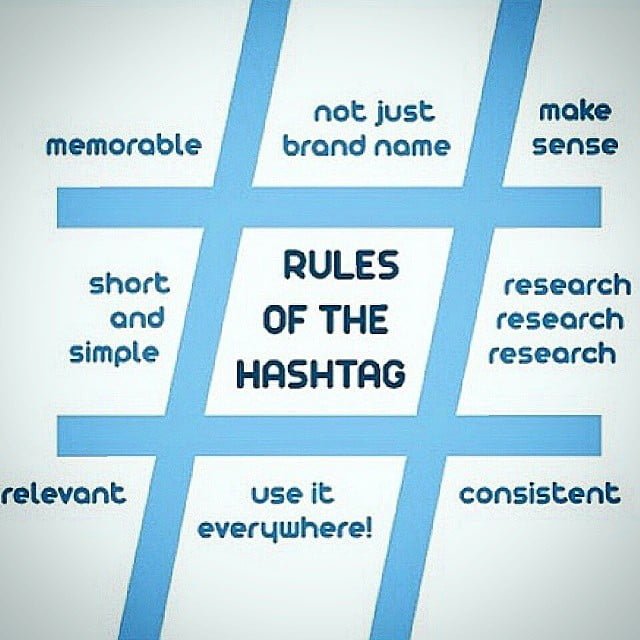Everywhere you look you see visual marketing — pictures, photos, graphics, animations, and/or videos. What are today’s visual marketing trends, platforms, and tools?
If you want your marketing messages to stand out — you have to get visual.
Let’s breakdown your Visual Marketing Options:


Video Marketing
For video marketing to be effective, you should be creating at least 2 videos a month. That takes some planning. And I bet you’re thinking it’s going to be expensive. If you have the budget, investing in professionally created videos on your website is recommended for branding. Still, with today’s smartphones and tablets, you can easily record videos on your own. It’s OK that they look casual and impromptu. The important thing is that you get your marketing message across and have a clear call-to-action (CTA) at the end so the viewer will do what you want them to do.
Here are some Video Marketing Ideas:
- Native Video: This is when you prerecord a video and upload it directly to Facebook, LinkedIn, or Instagram. Prior to this, you just shared a link to the video from YouTube or Vimeo, but the networks give more visibility to native videos. On LinkedIn, you can even start recording directly from the mobile app. Facebook now has “Watch” for users to watch videos. On both Facebook and LinkedIn, you can upload videos to your individual profile as well as your business page.
- Live Broadcasting: Facebook Live, YouTube Live, Instagram Live, YouTube Live, and Twitter’s Spaces allow you to broadcast yourself from a mobile device or a laptop as long as you have a good, strong wifi or cell signal. LinkedIn has a live broadcast feature, but you’ll need a third-party broadcasting service which is an extra cost. On Twitter, live feeds get top visibility. If you have several devices like a laptop, smartphone, and a tablet, you can broadcast simultaneously onto more than one network. Do this for a while to see where you get the most response. This also takes some work, so it helps to have another person with you. After you’re done broadcasting on most sites, you can save the videos and share them with your followers, even embed them on your website as a blog post.
- Stories: These are short slideshows or videos on Facebook, Instagram (Reels), Snapchat, and YouTube Shorts. Basically, you’re telling a visual story of your product or business in a few seconds.
- Presentations with a voice-over: This may be the simplest way for most people — especially B2B businesses — to produce videos. Write up your script in the presentation presenter notes and rehearse it before recording.
Here are some Video Marketing tips:
- Invest in a tripod with a clamp for your phone or tablet.
- Plan what you’re going to say and do.
- Use the free video editing software programs. If you’re on a Mac, you have iMovie, and on a PC, you can download Movie Maker for free from Microsoft. YouTube also has an editing platform.
- Good lighting is key to all videos. Don’t put the light behind you — you’ll look like a silhouette.
- Make the first 15 seconds compelling enough so the target audience is enticed to watch the whole thing.
- Always end with a clear CTA. Make it easy for people to do what you want them to do.
- Think vertical — especially for shorts, reels and stories.
- Horizontal videos are good for longer, educational videos.
Pictures and Graphics:
If you run an eCommerce, B2C business, pictures are key to selling your products — especially on Pinterest and Instagram. But what about B2B businesses like accountants and consultants who don’t really have visuals with a wow factor? That’s where infographics come in. Simply, they are graphics with information. It’s a way to take non-appealing data and make it visually appealing.
Tips for using Pictures and Graphics:
- Make sure all pictures and graphics are of good quality.
- Don’t make the text too small.
- Always brand them with your logo and website. If you’re not paying for advertising on Instagram, links don’t work in posts so it’s important to have your website on the graphic. (However, they do work in stories! Use them there.
- Put a Call-to-Action (CTA) on the graphic. Tell people what you want them to do.
- Take colors into consideration. There is a psychology of color.
- Use the free graphics tool, Canva.com to create graphics.
Personalized Email Marketing with Videos:


Videos should be an integral part of your email marketing automation. One of the purposes of your website is to convert visitors into leads — people somewhat interested in what you have to offer — that’s called lead generation. Unless you cater to impulse buyers, more than likely, you’re not going to get a sale on the first visit. You need to capture that lead with an enticing CTA — give them something in return for them giving you their email address. Once you’ve got that email address, you can send them marketing emails to nurture that lead into a sale. The best way to do that is to ask one or two questions (no more than 3) on the landing page of the CTA offer that will segment your email list. That way, you can personalize subsequent emails with videos based on their responses.
If the message in the email is not relevant, you’ll lose the lead. They’ll unsubscribe with a click. It takes some planning, but once it’s set up, marketing automation works all by itself.
Personalized emails can also work well after a networking event or trade show.
User-Generated Content:


There’s no better visual marketing tool than a customer testimonial. That’s when they upload a picture or video of them wearing your clothing or using your product — and tag your business! That’s what’s called User-Generated Content (UCG). Since Facebook changed its algorithm to give more visibility to users’ posts, the best thing you can do to get your business noticed is to have a user upload a picture of them at your shop or restaurant, wearing your clothing or gear, and tag your business on it. That’s where hashtags come in. Make sure you get permission!
You can do a contest with a hashtag. Tell customers to post themselves with your product, create a unique hashtag, and spread the word. Make sure the rules of the contest are clear and you specify that any pictures entered, become your property and you have full license to use them in marketing.
If you have a brick-and-mortar store or restaurant, the best time to get them is when they’re there and are happy. Train your staff to offer to take a picture of their group in the restaurant or trying on a dress with their cell phone.
There’s really no reason why you shouldn’t incorporate visual marketing into your marketing strategy.
Let’s have a brainstorming session!


Get it on Amazon Kindle!



